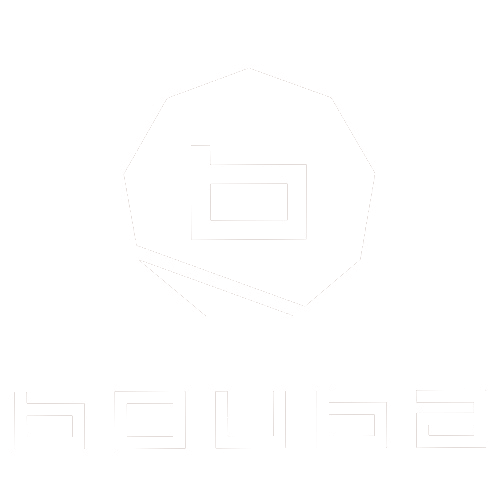Makeup has existed in every civilization—not merely as decoration, but as an extension of culture, emotion, and tradition. The bold kohl-lined eyes of the Middle East, the gold-drenched bridal glamour of South Asia, the polished minimalism of Western modernism—all tell stories of ancestry, celebration, and personal identity.
At Bouba World, we approach cultural makeup not as costume, but as communication. To design it is to understand it. To understand it is to respect it.
“When makeup honors tradition, it becomes more than beautiful—it becomes meaningful.” — Bouba World






